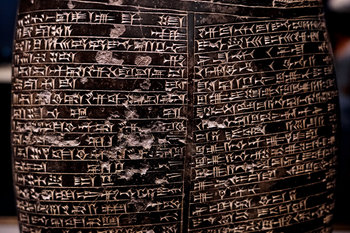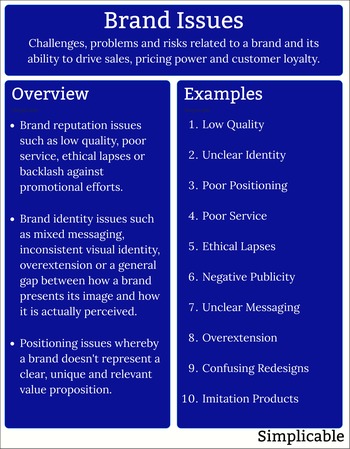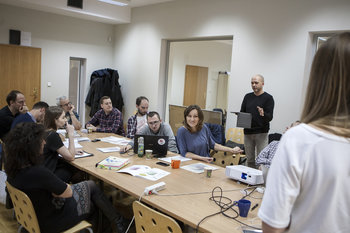
Video
The source video and post-production files used to create digital video can be considered a master copy. Video editing software uses formats that are compressed but very high quality. These formats also contain a large amount of metadata that facilitate the editing process. These are transcoded to highly compressed formats without much metadata for distribution. Master copies may be carefully secured and backed up as they are required to make any changes.Master Recording
A master recording is an original multitrack recording of music or other audio such as a sound track. These include the components of the audio as separate recordings and are required to make high quality changes to music known as remasters.Mixed Master
A high quality finished work of audio post production that is ready to be transcoded for release. These are retained as they contain metadata and can be used to transcode to various lossy and lossless formats for distribution.Photography
Photographers retain the original outputs of their camera. In some cases, photographers only distribute transcoded, resized or hardcopy versions of their works in order to ensure control over their digital masters.Art
The term master copy has a unique meaning in art that predates the modern term. In art, a master copy is the process of drawing or painting a copy of a another artist's work. It is most common to copy the work of a master artist, hence the term master copy. This is considered an essential form of practice. In some cases, master copies become valuable artworks such as Van Gogh's Flowering Plum Tree (right) based on Hiroshige's Plum Park in Kameido (left).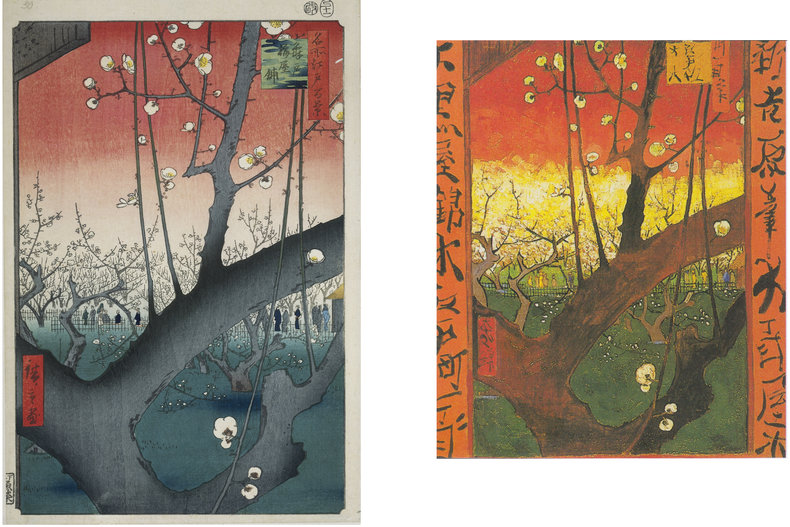
Documents
A master copy of a document is a means for controlling change to knowledge and information. The master copy is held in one place such as a secured knowledge management system and specially marked as a master. A version history of the master copy is maintained and all changes are applied to the master. Changes to the master may be released, at which point all copies should be updated. Copies are typically known as control documents. Any changes made to these copies is considered invalid. Organizations may have internal controls such as rules and processes that apply to both master copies and control copies. For example, a rule that master copies be kept confidential such that they can't be shared with external stakeholders.Summary
The following are the basic functions of a master copy with a few more examples.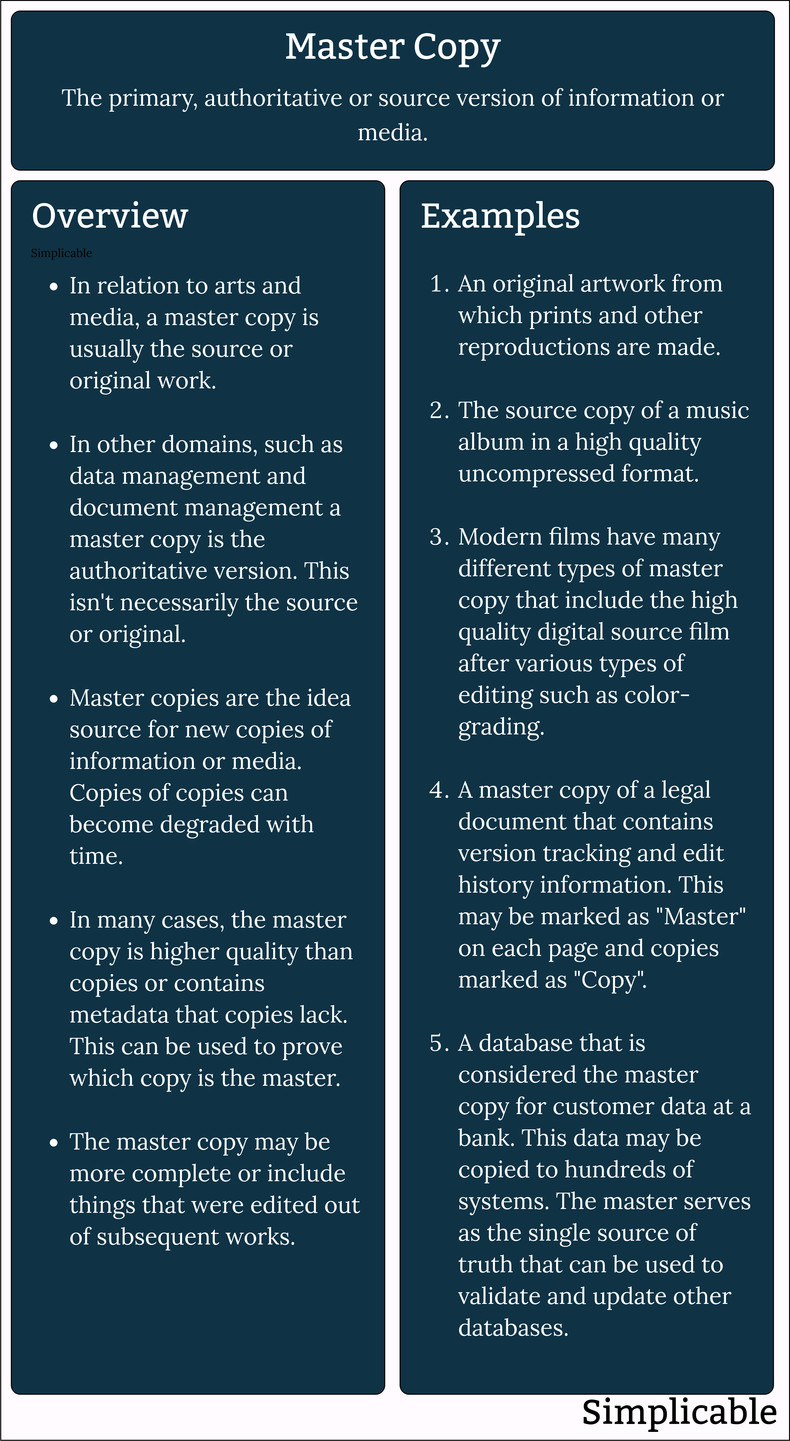
| Overview: Master Copy | ||
Type | ||
Definition | An original work from which copies are made. | |
Related Concepts | ||











